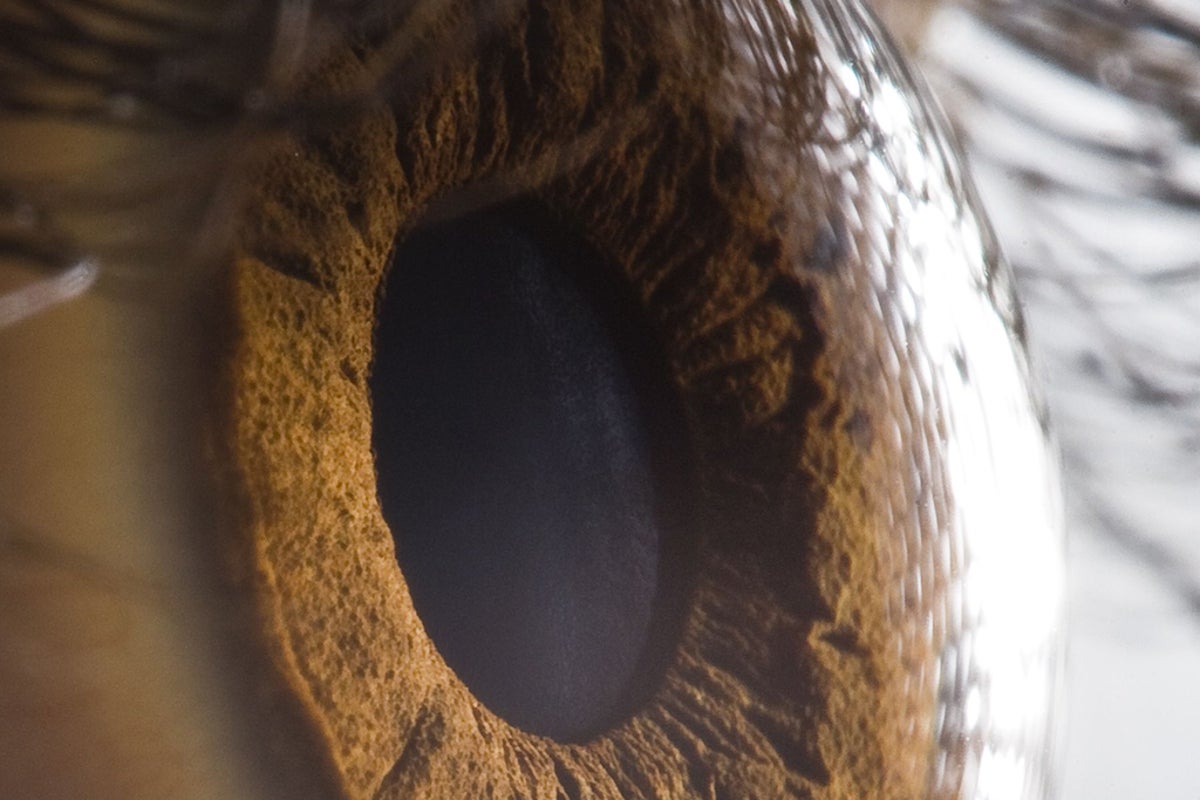
Scientists say they have discovered a new colour only ever seen by five people in the world – called ‘olo’.
The colour, said to be a saturated shade of blue-green, cannot be seen by the naked eye without the help of stimulation by laser, which scientists claim can open people to see beyond the normal gamut of colour perception.
Researchers developed the Oz Vision System technique, named in homage to the green-tinted glasses that people in the Emerald City wear in the ‘Wizard of Oz’, to reveal the new colour in a study, published in the journal Science Advances.
It found when Oz laser signals are intentionally “jittered” by just a few microns (one millionth of a metre) subjects perceive the stimulating laser’s natural colour.
When these same Oz microdoses are delivered accurately, subjects can be made to perceive different colours of the rainbow, unprecedented colours beyond the natural human gamut, and imagery like “brilliant red lines” or “rotating dots on an olo background”.
“We predicted from the beginning that it would look like an unprecedented colour signal but we didn’t know what the brain would do with it,” said Ren Ng, an electrical engineer at the University of California, Berkeley.
“It was jaw-dropping. It’s incredibly saturated.”
Prof Ng, who was one of five people to take part in the experiment, told BBC Radio 4’s Today programme that olo was “more saturated than any colour that you can see in the real world”.
“Let’s say you go around your whole life and you see only pink, baby pink, a pastel pink,” he said.
“And then one day you go to the office and someone’s wearing a shirt, and it’s the most intense baby pink you’ve ever seen, and they say it’s a new colour and we call it red.”
During the study, the Oz laser only stimulated M cones in the retinas, “which in principle would send a colour signal to the brain that never occurs in natural vision”.
To verify the colour observed during the experiment, each participant adjusted a controllable colour dial until it matched olo.
The colour was given the name ‘olo’ for a reason, as it denotes the binary 010, indicating that among the L, M, and S cones, only the M cones are switched on.
The paper read: “We name this new color ‘olo’. Subjects report that olo in our prototype system appears blue-green of unprecedented saturation, when viewed relative to a neutral grey background.
“Subjects find that they must desaturate olo by adding white light before they can achieve a colour match with the closest monochromatic light, which lies on the boundary of the gamut, unequivocal proof that olo lies beyond the gamut.”
But the findings have been disputed by other experts.
“It is not a new colour,” said John Barbur, a vision scientist at City St George’s, University of London who said the research had “limited value”.
“It’s a more saturated green that can only be produced in a subject with normal red-green chromatic mechanism when the only input comes from M cones.”
Oz could theoretically be used for everyday colour displays, like those in your television or phone screen — but that application seems very unlikely, said co-first author James Fong, a doctoral student in computer science at the University of California, Berkeley.
“Our current method depends on highly specialised lasers and optics that are definitely not coming to smartphones or TVs any time soon,” he said.
So until then, only a handful of selected people will be allowed to truly see olo.
Source: independent.co.uk


